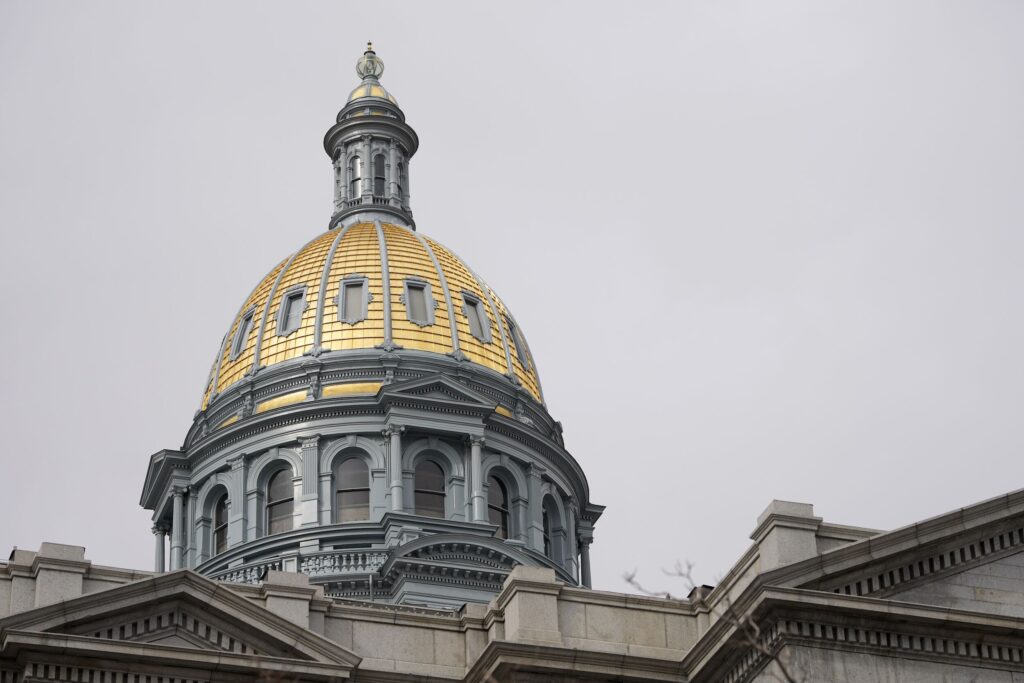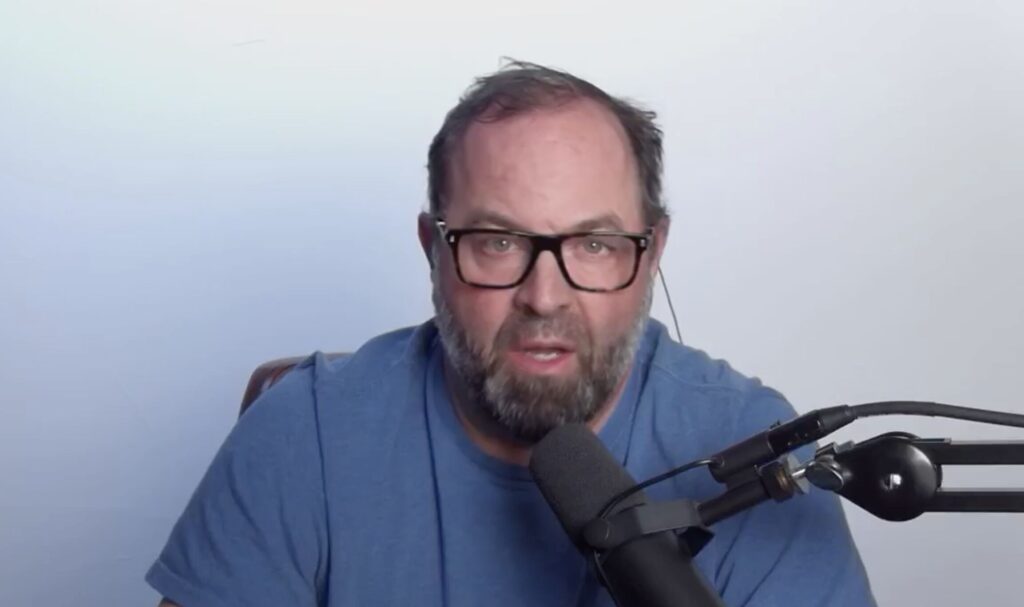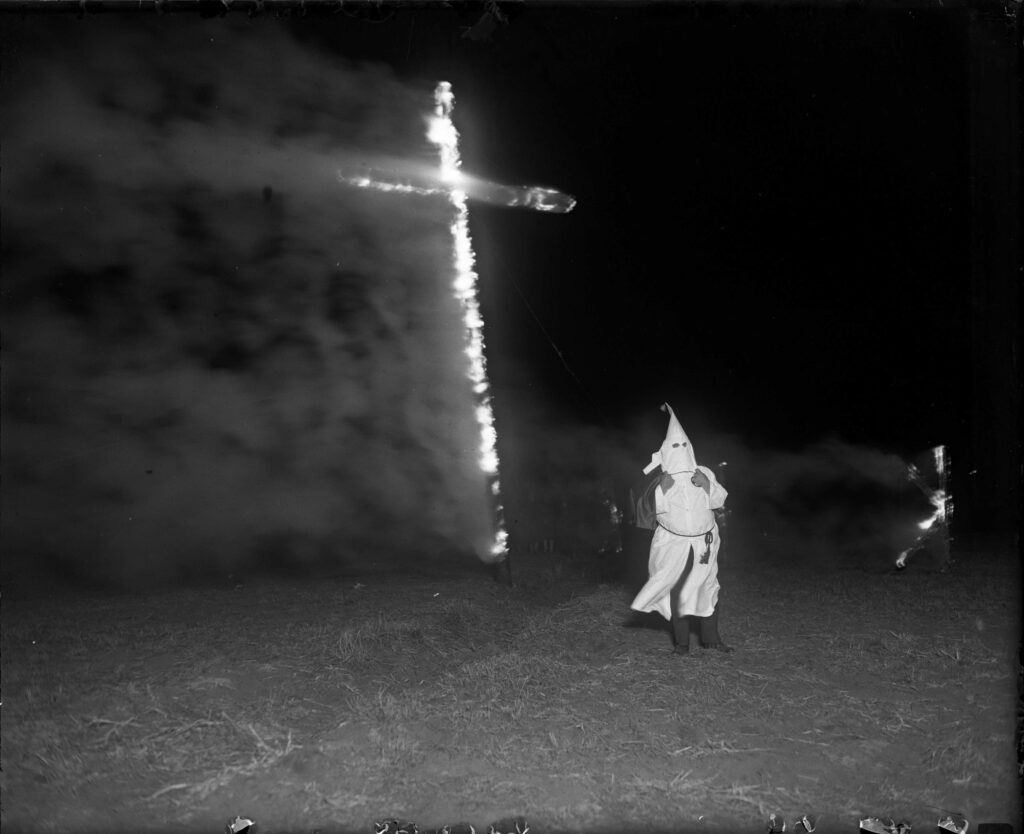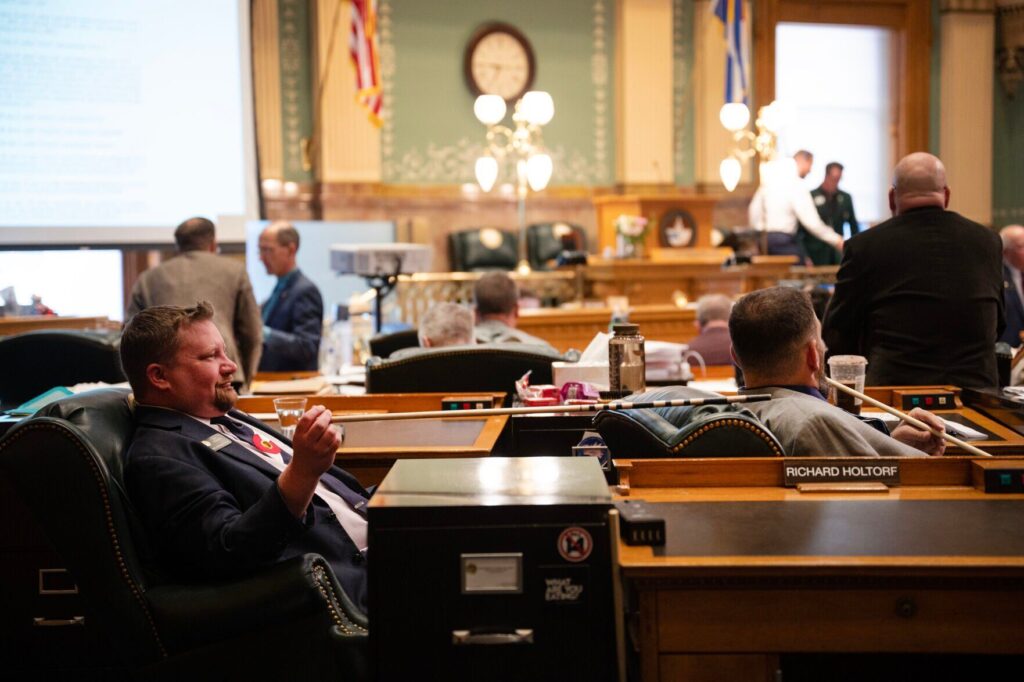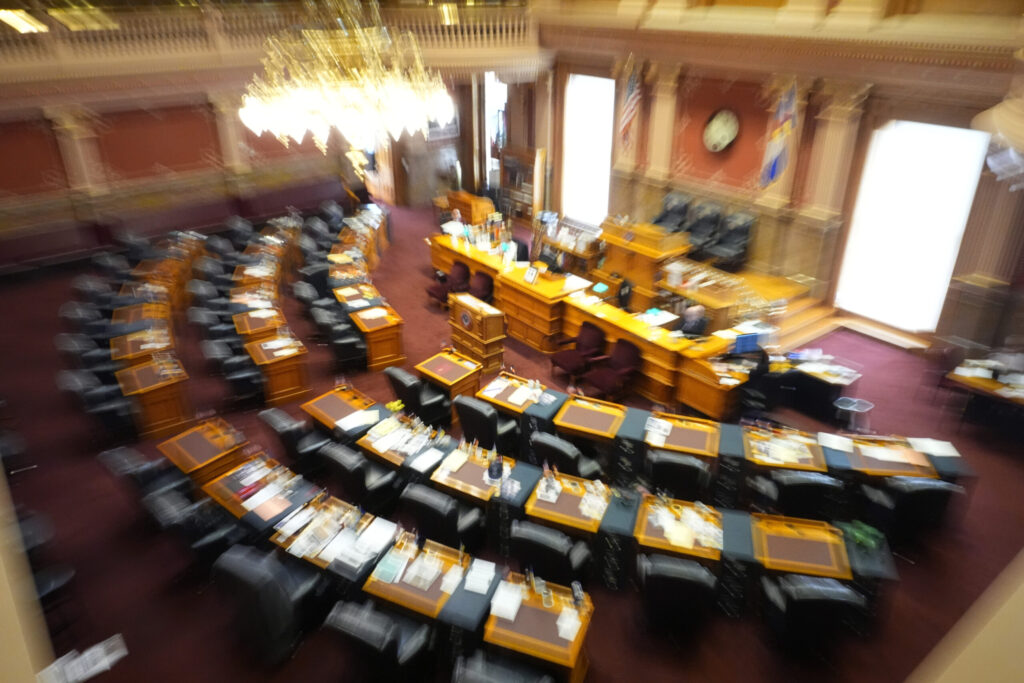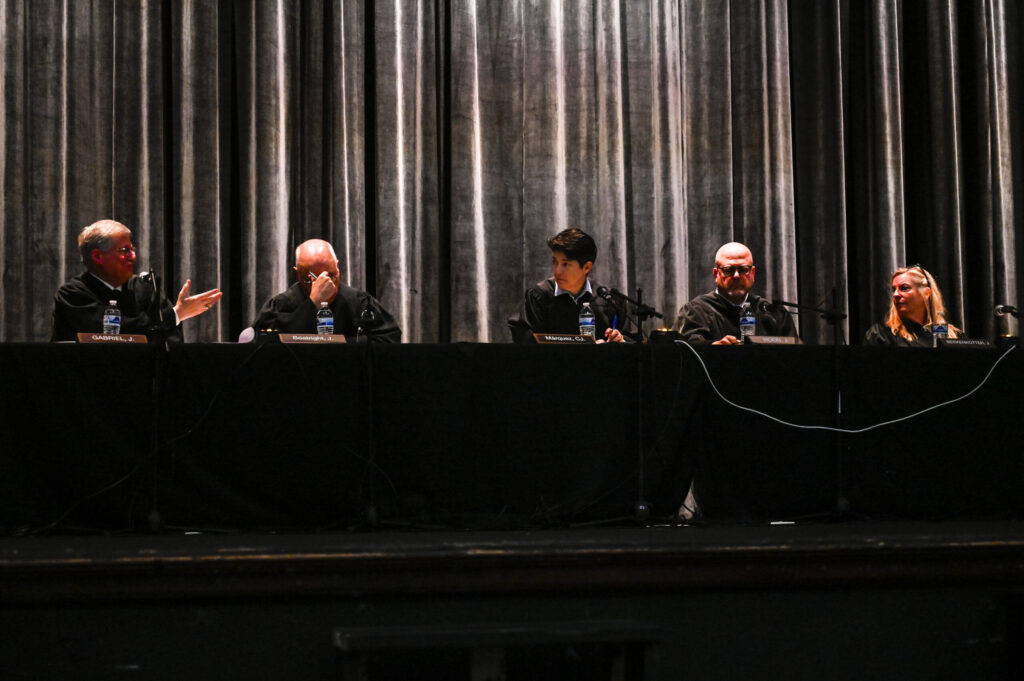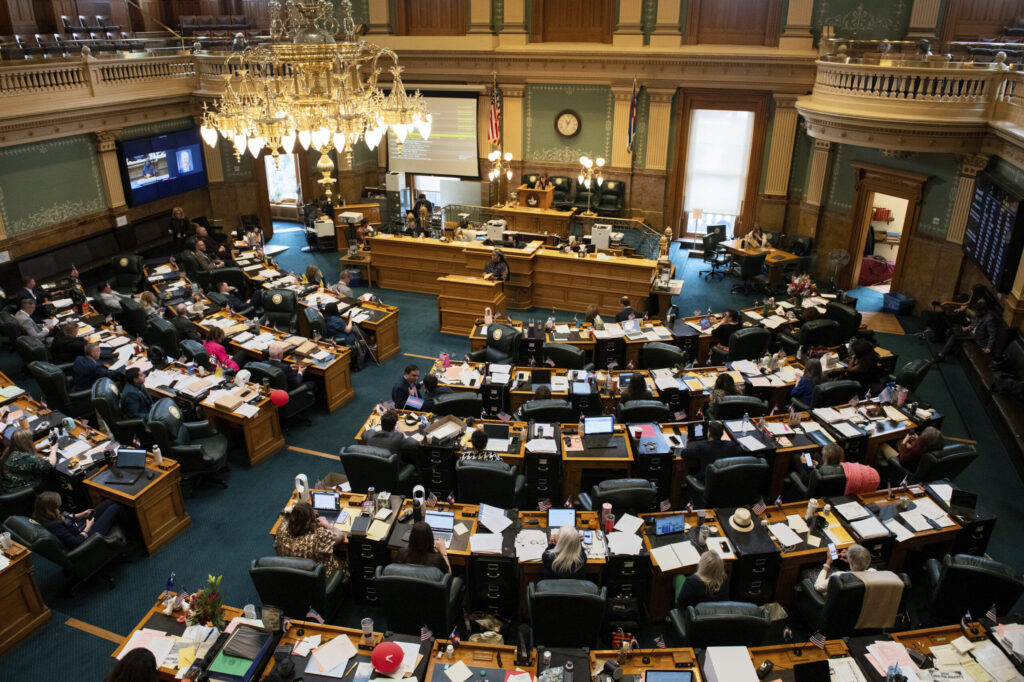Hickenlooper’s budget focuses on PERA, K12, higher-ed funding
Gov. John Hickenlooper on Monday laid out his budget wishlist with the six members of the Joint Budget Committee, focusing on increased funding for K-12 and higher education, boosting the state’s reserve and finding a way to bail out (again) the Public Employees’ Retirement Association (PERA).
The state budget, as proposed by Hickenlooper, is $28.5 billion, an increase of 3.7 percent over 2017-18. Included in that budget is $11.5 billion in general funds, which is made up of state income taxes and sales taxes, for example.
Hickenlooper pointed to the progress made in dealing with one problem in 2017-18 that won’t plague lawmakers this year: resolving a $500 million shortfall that would have hit hospitals, most notably rural hospitals, especially hard. That problem was dealt with by lawmakers with Senate Bill 17-267, which also provided millions of dollars for transportation, albeit just for rural parts of the state.
The legislation changed the state’s financial outlook, Hickenlooper said.
But to lawmakers and the governor, too, the biggest issue is figuring out how to save the state’s pension plan, which needs an extra $32 billion over the next 30 years to cover its pensions.
In September, the PERA board approved a package of reforms that it hopes will help rescue the pension plan from insolvency. Hickenlooper adopted some, but not all, of the suggestions made by the PERA board, and that won praise from even the most conservative of lawmakers on the JBC, who are glad taxpayers will not be asked to shore up the pension plan.
Hickenlooper’s proposal, as contained in his budget package, would decrease the annual cost of living for PERA retirees to 1.2 percent per year, down from the 1.5 percent recommended by the PERA board. The current cost of living increase is 2 percent. His proposal also requires a 2 percent bump, from 8 to 10 percent, for current PERA employees, which include state employees, teachers in public schools, county and municipal governments and the judicial branch. His request does not require any increased contribution from PERA employers, noting that most employers are currently paying 20.15 percent of payroll to the pension plan.
Under Hickenlooper’s proposal, state employees would receive a 3 percent increase in their annual compensation and would have to pay 2 percent of that to PERA to help with the shortfall.
“I’m disappointed with PERA on their financial solvency,” said Vice Chair Sen. Kent Lambert, a Colorado Springs Republican. “Every three or four years there’s another crisis,” which gets fixed and then a couple of years later, yet another crisis.
Lambert said the problems with PERA aren’t just monetary – he also cited a lack of transparency by the pension plan, although he wasn’t specific on what he’d want to change.
Two JBC members are running for state treasurer in 2018: Democratic Rep. Dave Young of Greeley and Republican Sen. Kevin Lundberg of Berthoud. The state treasurer is an ad hoc member of the PERA board of trustees. And both lawmakers had their own positions to stake out during Monday’s discussion.
Lundberg raised the idea that PERA should be converted to a defined contribution plan, which basically means retirees would get out of the pension plan what they put in. But Hickenlooper immediately pushed back on that idea, stating that it would be “extraordinarily expensive” and would take decades to fully cover. He also pointed out that during the most recent “Great Recession,” people raided their 401 k plans to stay afloat. People just don’t have enough in retirement, he said. At least with PERA, people have a guarantee of a viable retirement, he added.
“This is a tough conversation we’d better have this session,” Lundberg said.
Young’s questions dealt with just how PERA got into its current financial predicament, pointing to decisions made in the early 2000s by the then-Republican controlled General Assembly and ten-Gov. Bill Owens, also a Republican. Hickenlooper didn’t directly answer the question.
Hickenlooper also pointed out that his budget proposal includes $343 in new money per student for K-12, and that his proposal also “buys down” college tuition to keep tuition increases limited to 3 percent. This request “reflects our priorities,” Hickenlooper said.
Hickenlooper won praise from lawmakers for his plans to hike the state’s statutory reserve to 7 percent, noting that when he took office it was around 2 percent. A 7 percent reserve would set aside a total of $757.7 million for future budget emergencies, such as when recessions hit. Hickenlooper noted that the last two recessions resulted in budget cuts of 16 percent each time.
But the budget also lacks certainty, according to Chair Rep. Millie Hamner of Frisco, who points to the expiration of the Children’s Health Insurance Program (CHIP), a federal insurance program that expired Oct. 1. The state has the resources to keep the program operating until the end of the year, according to Lt. Gov. Donna Lynne, who also attended Monday’s budget presentation. She called the problems with CHIP the most immediate issue the state faces, and without renewal by Congress, the state will have to implement “contingencies” that won’t’ be pleasant.
Hickenlooper added that he is working with Democratic and Republican governors, and the consensus of most is that they don’t want to roll back coverage but are concerned about controlling costs, he said.


